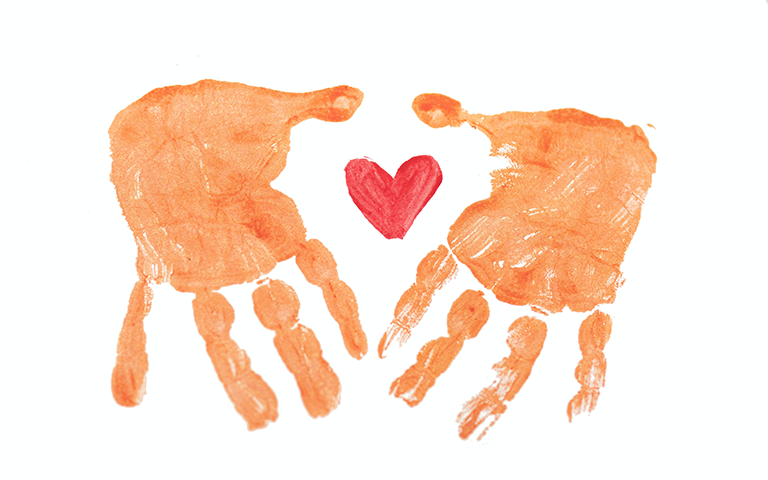
08 AugSafeguarding children’s digital identities
In today’s digital age, the use of technology has become an integral part of Early Childhood Education and Care (ECEC), providing both educators and parents with valuable tools for communication and learning. Children’s images hold a special place in their developmental journey and reflect their experiences and growth. However, it’s crucial to recognise that children’s images—photos and videos—are personal information and should be treated with the same level of care and consideration as other sensitive data. Just as we adhere to principles for the collection, storage, use, disclosure, and disposal of personal and health information, children’s images deserve the same protection.
Applying data protection principles to children’s images
- Consent: prior informed consent is crucial when dealing with children’s images. Parents/guardians must be well-informed about how their child’s images will be collected, stored, and used. Detailed permission forms should outline the purposes for which the images will be used and the platforms where they might be shared.
- Collection and Storage: images should be collected and stored on secure platforms with robust privacy measures. Services must ensure that these platforms comply with data protection regulations and provide a high level of security to prevent unauthorised access.
- Use and Disclosure: images should only be used for educational purposes outlined in the consent forms. Sharing images should be restricted to those who have authorised access, such as parents/guardians and authorised staff members.
- Disposal: images that are no longer needed should be promptly and securely disposed of to prevent any potential data breaches or misuse.
Device usage and capture policies
To further ensure the privacy of children’s images, services should implement strict device usage policies. Staff should be restricted to using service-provided devices for capturing images, rather than their personal devices. This minimises the risk of accidental or unauthorised capturing or distribution of children’s images.
Awareness of third-party platforms
Some services often use third-party platforms for various purposes, including communication, storage, and sharing of children’s images. It’s essential to conduct thorough research on the policies of these platforms regarding the collection, storage, and sharing of children’s images. Only platforms that align with strict privacy and security standards should be utilised.
Respecting the privacy of children’s images is not only a legal obligation but also a moral imperative. By treating children’s images as personal information and adhering to the same principles applied to other sensitive data, we can create a safe and nurturing digital environment for children.
Does your service have an up-to-date Privacy and Confidentiality Policy and Information and Communication Technology Policy?
ELAA’s PolicyWorks catalogue provides easy to use templates to assist early childhood education and care services to contextualise and update policies to meet legislative, regulatory and funding requirements.
For more information visit our website CLICK HERE .


